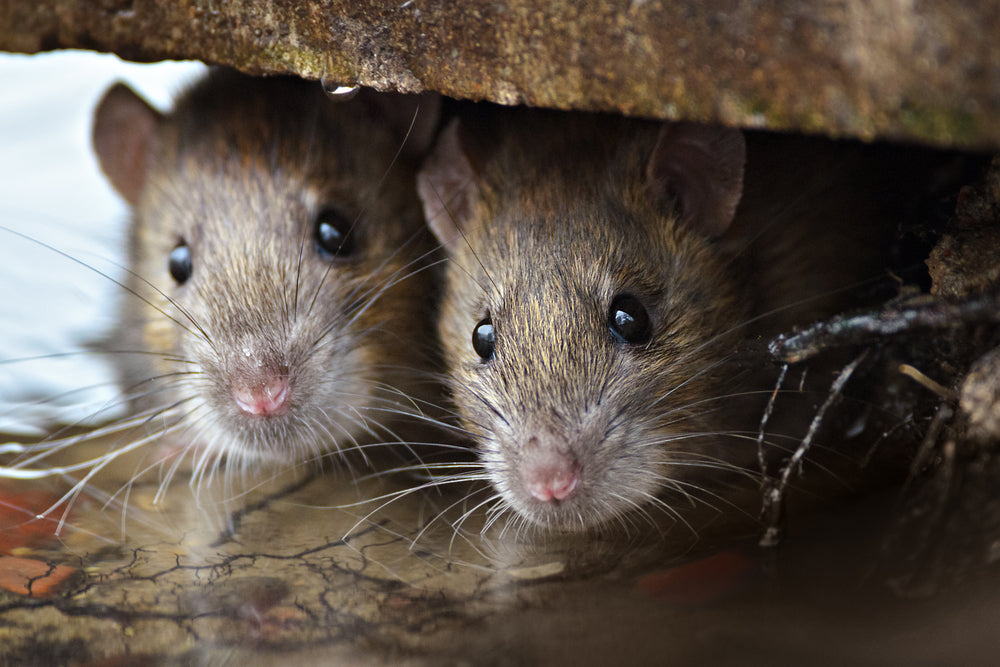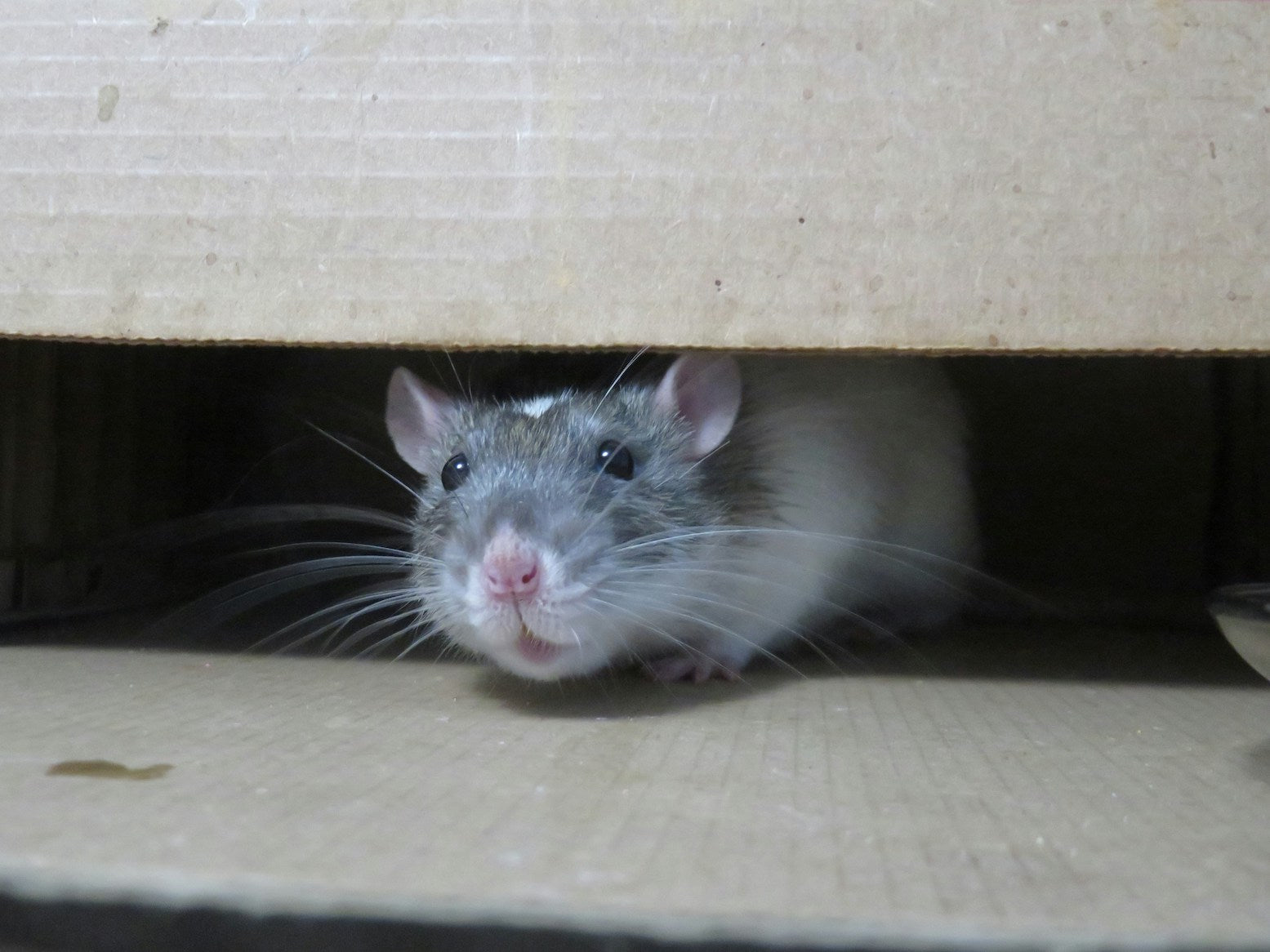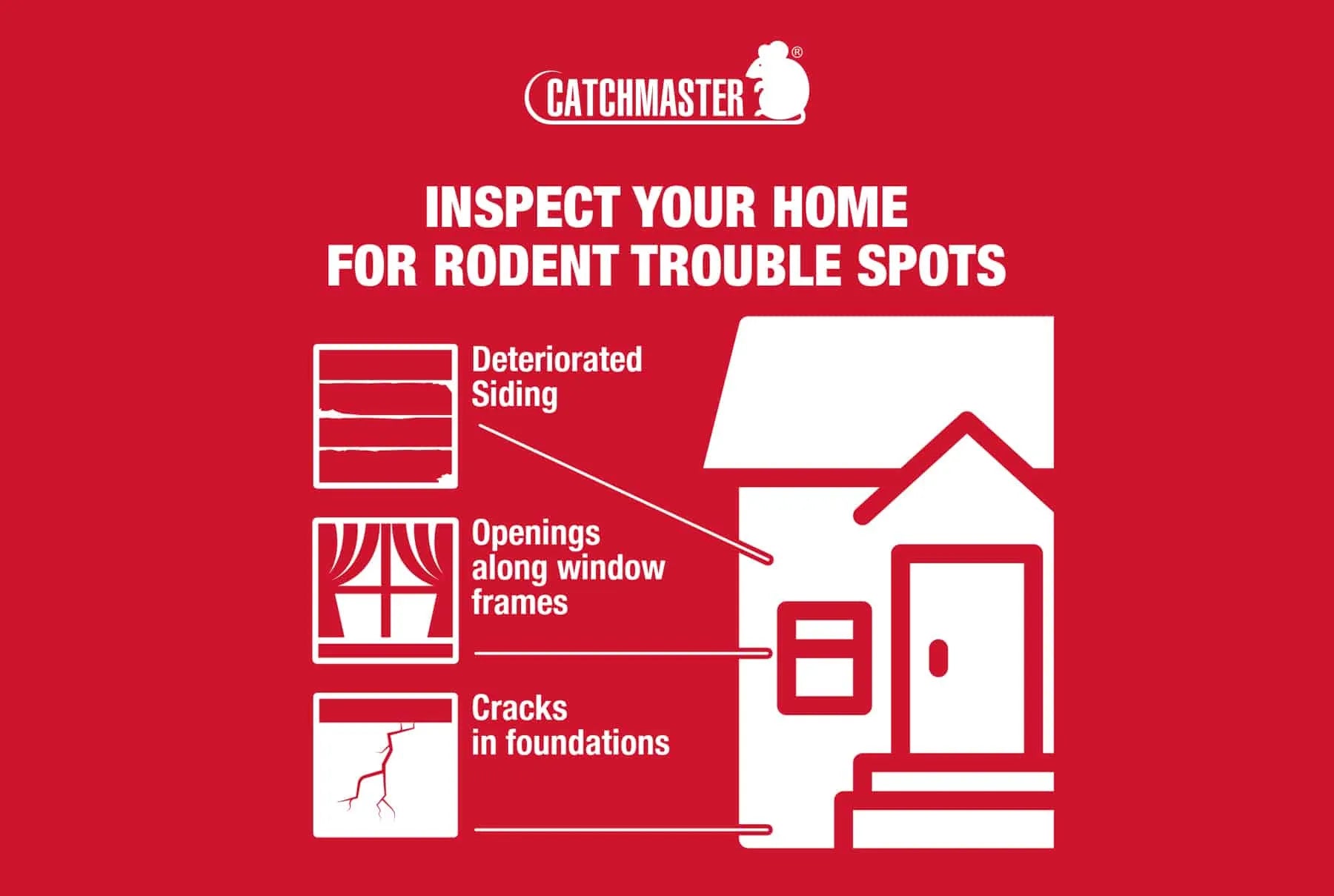
You saw a tail scurrying through your house. But was it a mouse or a rat?
While they may seem similar at first glance, they are actually very different, with unique characteristics and behaviors. Understanding their distinct traits and habits can help you identify and deal with them effectively.
Why Correct Identification Is Important
Knowing how to catch a mouse will be different than catching a rat, and it's a crucial first step in effective pest control.
Mouse traps are often too small to capture rats, and rat-specific traps and baits might not appeal to mice. Misidentifying the pest can lead to wasted time, money, and effort on ineffective solutions.
6 Physical Differences Between Rats and Mice
When comparing mouse vs rat characteristics, look for these six specific physical differences:
Size and Weight
The most obvious difference between rats and mice is their size. Adult rats are significantly larger than adult mice, making mouse vs rat size one of the easiest ways to tell them apart.
Mice typically measure 3-4 inches in body length (excluding their tails), with a weight of approximately 0.5-1 ounce. On the other hand, rats are usually about 7-10 inches long and weigh between 8-12 ounces for Norway rats and 5-7 ounces for roof rats.
Head and Snout Shape
The facial features offer another clear rat vs mouse difference. Mice tend to have a triangular-shaped head with a pointed snout and large, round eyes relative to their head size. Rats feature a blunter, more elongated snout with smaller eyes relative to their head size.
These facial distinctions help make identifying a mouse vs a rat considerably easier.
Ears and Tail Proportions
Examining the ears and tail provides additional mouse vs rat differences that can help you identify which type of rodent you’re dealing with. Mice often have large, round ears and thin, long tails. Their tails may also have a little bit of hair on them.
Rats’ ears are typically smaller and more proportional to their head. They have thicker, scaly tails that are either shorter than or slightly longer than their body length.
Behavioral Differences
Beyond physical attributes, rats and mice exhibit distinct behavioral patterns that further highlight the mouse vs rat differences. Understanding their behaviors will help you know when they’re most active and why.
Feeding Habits
Mice and rats also have different favorite foods and dietary preferences, so knowing what each species is drawn to can help you choose the right baits and scents.
Mice are curious nibblers that will try different foods, taking small amounts from multiple locations. They primarily prefer grains and seeds but will eat almost anything.
Rats are more cautious and typically return to the same spot to eat. Some types of rats prefer protein and carbohydrates, while others favor fruits, nuts, and berries.
Nesting Preferences
You’ll often find mice hiding in different places than rats due to their nesting preferences.
Mice build nests from soft materials, such as shredded paper, fabric, or insulation, typically near food sources but in hidden locations. They can nest within walls, in furniture, or in cluttered storage areas.
Rats burrow extensively or nest in high places, such as attics and rafters. Their nests are larger and made of more substantial materials.
Activity Patterns
The movement and activity patterns also highlight mouse vs rat differences. Understanding their behavioral patterns will help you know how to catch rats vs mice.
Mice are curious and bold explorers. They have a small range of about 10-30 feet from their nest and are primarily nocturnal, but may be seen during daylight hours.
Rats are often wary of new things and tend to be more cautious when navigating. They establish regular pathways along walls, often traveling 100-150 feet from their nest.
Signs of Infestation: Rat vs Mouse
Mice and rats also leave behind different signs that help you identify an infestation more accurately.
For example, mouse droppings are typically smaller and pointed at the ends. Their urine will also leave behind a musky odor, especially in enclosed spaces. You can also look for tiny footprints in dusty areas and small gnaw marks on furniture and walls. They also make squeaking sounds and rustling noises, especially at night.
Rat droppings are larger and shaped like a capsule. Their urine leaves behind a stronger, ammonia-like odor. Rats will often leave behind visible grease marks and larger gnaw marks along walls and baseboards. They also make noises as they move throughout your space, but they are often louder.
Choosing the Right Pest Control Method Based on Species
Now that you understand the mouse vs rat differences, you can choose the best pest control to eliminate your problem easily and safely.
The best mouse traps are often smaller snap traps or glue boards. Since mice can squeeze through openings as small as ¼ inch, they often can find multiple entry points into your home. To help maximize your catch, place multiple traps in different areas where mice are active.
The best rat traps are larger and sturdier. They need at least ½ inch to enter your home, so there will be fewer places for them to enter your home. Place a few traps along established runways to help eliminate your infestation.
How Catchmaster® Helps You Control Both Rats and Mice
Whether you need to catch a rat or a mouse, Catchmaster is here to help! Our extensive collection of rodent traps is non-toxic, maintenance-free, and user-friendly.
Made with over 70 years of professional pest control experience, Catchmaster is your best choice for protection against rats and mice. Don’t spend another minute fighting rodents with inefficient and messy traps.
Become a Catchmaster today!






